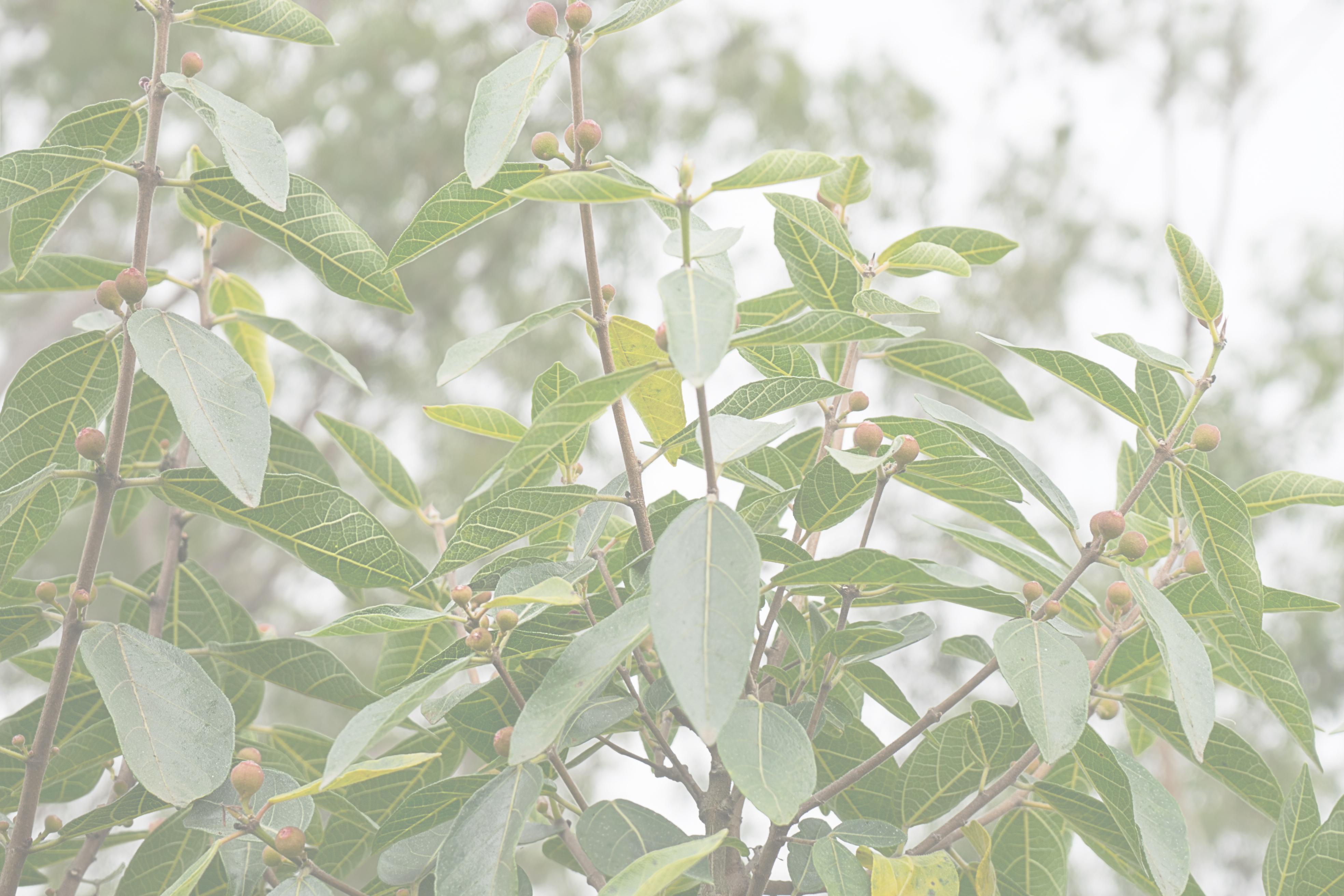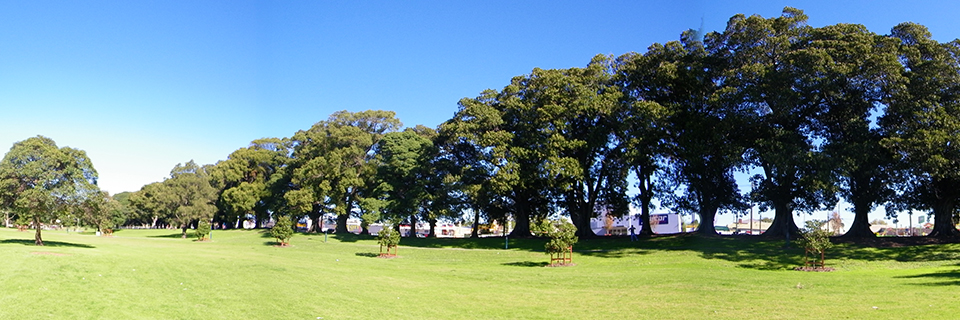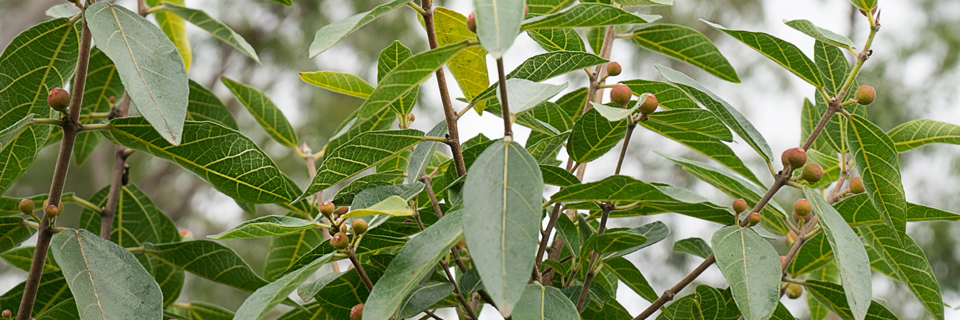Glossary of Arboricultural Terms
| absorbing roots | fine, fibrous roots that take up water and mineral; most absorbing roots are within the top 30 cm of soil |
| adventitious | shoots and roots that develop other than at their normal positions of origin |
| aeration | provision of air to the soil to alleviate soil compaction and improve its structure |
| age class | young – less than 20% of life expectancy mature – 20% to 80% life expectancy over-mature – greater than 80% of life expectancy |
| allelopathic effect | effect caused by chemical substances produced by some plants that inhibit the growth and development of other nearby plants |
| bifurcation | natural division of a branch or stem into two or more stems or parts |
| bracket | fruiting or spore producing body of wood decay fungi, forming on the external surface of the trunk or branch |
| cambium | thin layer of cells that produces phloem on the outside and xylem on the inside |
| canopy | converging crowns of two or more trees |
| chlorotic | leaves turning pale green, yellow or white from lack of chlorophyll, usually due to nitrogen deficiency |
| cleaning / clean out | in pruning – the selective removal of dead, dying, diseased, damaged, broken and defective branches |
| codominant | similar in size and importance, usually associated with trunks or scaffold branches; arising from a common junction and lacking a normal branch union |
| compaction (soil) | compression of the soil, often as a result of vehicle or heavy equipment, that breaks down soil aggregates and reduces soil volume and total pore space, especially the macropores |
| condition | overall state of the tree; refers to health, vigour and structurerated as excellent, good, fair, poor or dead |
| crown | the part of the tree comprising the total amount of foliage |
| DAB | Diameter Above Buttress – trunk diameter measured immediately above the root buttress |
| DBH | Diameter at Breast Height; trunk diameter measured at 1.4 metres above ground level |
| decay | (n.) an area of wood that is undergoing decomposition;(v.) decomposition of organic tissues by fungi or bacteria |
| decline | gradually diminishing health or condition of a tree |
| decurrent | the form of a tree with no central leader but with structural scaffold branches forming the basis of a spreading crown, compare with excurrent |
| defect (structural) | internal or external points of weakness that reduce the stability of the tree |
| desiccation | drying out, or dehydration, of part of a tree – usually roots or leaves. |
| epicormic | arising from a latent or adventitious bud |
| evapotranspiration | the process through which plants release water to the surrounding air, dissipating ambient heat |
| excurrent | the form of a tree with a central leader and symmetric, vertical crown, compare to decurrent |
| failure | structural collapse in part or full of part of a tree – roots, trunk or branches – often leading to the whole tree or part of the tree falling |
| fastigate | having clusters of vertical branches, appearing as a single columnar form |
| form | the shape and symmetry of a tree |
| hazard | a condition that predisposes a tree to failure |
| health | freedom from pests, diseases, ailments, stress –measured as excellent, good, fair, poor or dead |
| heartwood | inner xylem, consisting of dead cells, does not transport water and minerals |
| included bark | bark that becomes imbedded in a union between branches, a branch and stem, or co-dominant stems |
| leader | dominant upright stem, particularly on excurrent trees |
| live crown ratio | ratio of the height of the crown containing live foliage to the height of the tree |
| lopping | cutting of branches or stems between branch unions (this practice is generally unacceptable). |
| occlusion | Growth processes where would wood develops to enclose the wound face be the merging of the wound margins concealing the wound |
| phloem | conductive tissue immediately beneath the bark; transports food materials throughout the tree |
| phototropic | the tendency of a tree to grow towards light |
| reactive soils | soils with high clay content that expand and shrink due to changes in moisture levels |
| risk | a combination of the potential for tree failure and the likely consequences if failure does occur |
| root crown | area where the main root joins the plant stem, usually at or near ground level |
| sapwood | outer part of the xylem that transports water and minerals |
| scaffold branches | permanent or structural branches; arising from the trunk |
| Structural Root Zone (SRZ) | the area around the tree, usually within 3 to 4 metres from the trunk, in which the structural roots are situated, and which must be protected during construction. |
| structural roots | large, woody tree roots that anchor and support the trunk and crown; roots characterised by secondary thickening and relatively large diameter giving form to the root system and functioning in anchorage and support |
| structure | construction and arrangement of parts (roots, trunk, branches) – rated as excellent, good, fair or poor |
| target | person, object or structure that could be injured or damaged in the event of tree or branch failure |
| topping | cutting the main trunk to reduce the height of a tree (this is an unacceptable practice) |
| Tree Protection Zone (TPZ) | an area around a tree that is protected by a physical barrier from negative impacts, usually from construction activities |
| vigour | capacity to grow, and to resist disease, ailments, pests, stress –categorised as normal, high low and dormant. |
| xylem | the wood – inside of the cambium layer; transports water and dissolved mineral nutrients from the roots to other parts of the tree; provides strength in trunk and branches |
REFERENCES
The definitions included in this glossary have been adapted from the following:
Australian Standards Committee CS/90, Horticulture (1996), AS 4373-1996 Pruning of Amenity Trees. Standards Australia, Homebush, NSW.
Draper B.D. and Richards P.A. (2009), Dictionary for Managing Trees in Urban Environments, Institute of Australian Consulting Arboriculturists (IACA), CSIRO Publishing, Collingwood, Victoria, Australia.
International Society of Arboriculture (2005), Glossary of Arboricultural Terms, ISA, Champaign, IL.
Lonsdale, David (1999), Principles of Tree Hazard Assessment and Management. TSO, London, England.
Matheny, Nelda P. & Clark, James R. (1994), A Photographic Guide to the Evaluation of Hazard Trees in Urban Areas, (2nd Ed), International Society of Arboriculture, Savoy, IL.






